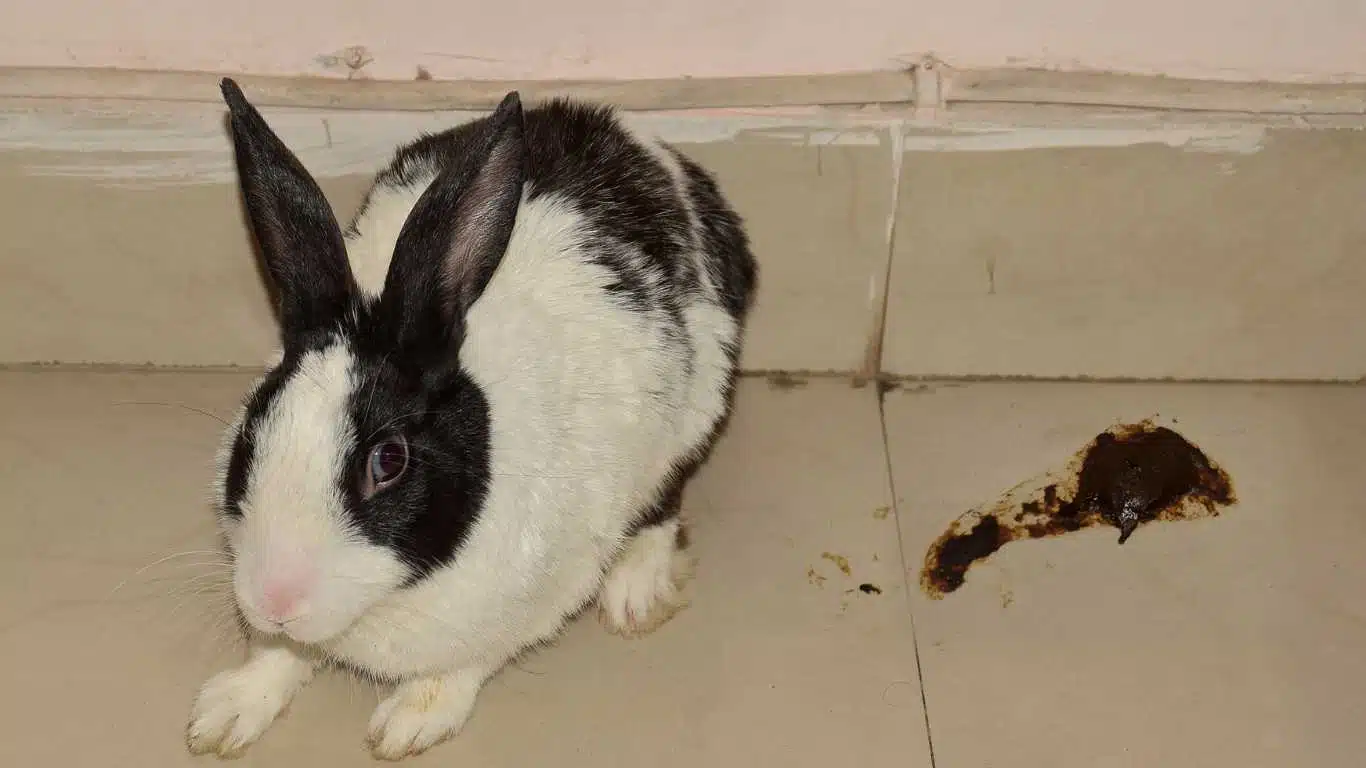
Image Source best-cage-for.com
Introduction
Discover the secrets of maximizing your garden’s growth potential with rabbit poop fertilizer! In this comprehensive guide, we will walk you through the step-by-step process of effectively storing and utilizing rabbit poop as a natural and sustainable fertilizer. Say goodbye to synthetic chemicals and hello to a bountiful, eco-friendly harvest.
Whether you’re an experienced gardener or just starting out, harnessing the power of rabbit poop can give your plants the boost they need. Don’t let the name fool you – rabbit poop, also known as “bunny gold,” is an incredible organic fertilizer that is high in essential nutrients like nitrogen, phosphorus, and potassium. Plus, it’s readily available and affordable, making it a popular choice among green thumbs.
But, before you grab a shovel and start scooping, it’s important to understand the proper storage techniques to preserve the potency of rabbit poop and ensure optimal results. In this guide, we will cover everything from collecting and preserving rabbit droppings to storing them for future use. Get ready to take your gardening game to the next level!
Why Store Rabbit Poop for Fertilizer?
There are several compelling reasons to store rabbit poop for fertilizer:
- Nutrient-Rich Composition: Rabbit poop is a powerhouse of nutrients that can significantly enhance soil fertility. It contains vital elements like nitrogen, phosphorus, and potassium, which are essential for healthy plant growth.
- Organic and Natural: By utilizing rabbit droppings as your fertilizer, you’re opting for an environmentally-friendly choice. It’s a sustainable, chemical-free alternative to synthetic fertilizers that can harm the ecosystem and contaminate water sources.
- Abundance and Accessibility: If you raise rabbits or have access to rabbit farms, you have a readily available source of fertilizer. Rabbit poop is abundant and can be collected effortlessly, making it a convenient option for gardeners of all levels.
Now that you understand the benefits, let’s dive into the nitty-gritty of storing rabbit poop for fertilizer to ensure you get the best results from your gardening endeavors.
Collecting and Preparing Rabbit Poop
Before you can store rabbit poop for fertilizer, you need to collect and prepare it properly. Follow these steps for a seamless process:
- Selecting the Right Droppings: Not all rabbit poop is created equal. Choose droppings that are dry, firm, and well-aged. Fresh droppings can be too hot for your plants and may contain harmful pathogens.
- Gathering Droppings: Whether you have pet rabbits or access to a rabbit farm, collect the droppings daily to maintain cleanliness and freshness. Ensure sanitation and hygiene throughout the collection process.
- Preparing for Storage: Before storing rabbit poop, it’s essential to dry and compost it. Spread out the droppings in a well-ventilated area, away from direct sunlight, and allow them to air dry completely. Turning the droppings regularly will speed up the drying process.
By following these steps, you will have a stash of well-prepared rabbit poop ready to be stored as fertilizer. Let’s move on to the next section, where we explore the best storage methods.
Effective Storage Methods
Proper storage plays a crucial role in preserving the quality and nutrients of rabbit poop. Here are some effective methods:
1. Airtight Containers
One of the simplest storage methods is to use airtight containers. Transfer the dried rabbit droppings to clean, sealed containers, and place them in a cool, dry location. Make sure the containers are labeled and dated for easy identification.
2. Composting
Rabbit poop is an excellent addition to your compost pile. Mix the dried droppings with other organic matter like leaves, grass clippings, and kitchen scraps to create a nutrient-rich compost. Turn the compost regularly to ensure proper decomposition.
3. Vermicomposting
Vermicomposting, also known as worm composting, is another effective storage method. Introduce the dried rabbit droppings into a vermicomposting bin along with red wriggler worms. The worms will break down the droppings, transforming them into nutrient-rich worm castings.
These storage methods will keep your rabbit poop fertilizer potent and ready for use. However, remember not to store the fertilizer indefinitely, as its effectiveness may diminish over time.
Tips for Using Rabbit Poop Fertilizer
Now that you’ve successfully stored your rabbit poop for fertilizer, it’s time to apply it to your garden. Here are some tips to ensure maximum efficacy:
- Proper Application: Apply the rabbit poop fertilizer to your garden beds or potted plants at the beginning of the growing season. Work it into the soil, ensuring it is evenly distributed.
- Proportional Use: Rabbit poop is a potent fertilizer, so use it in moderation. Follow the recommended guidelines for the specific plants you are fertilizing.
- Watering Schedule: After applying rabbit poop, water your plants thoroughly to help the nutrients penetrate the soil and reach the plant roots.
With these tips in mind, you’re well on your way to harnessing the power of rabbit poop to foster vibrant, healthy plants in your garden.
In Conclusion
Storing and utilizing rabbit poop for fertilizer opens the door to a world of organic gardening possibilities. By following the steps outlined in this guide, you can ensure that your garden thrives with the help of nature’s very own “bunny gold.” From collecting and preparing rabbit droppings to employing effective storage methods, you’re now equipped with the knowledge to make the most of this nutrient-rich fertilizer. So, roll up your sleeves, grab that shovel, and get ready to transform your garden into a flourishing oasis!